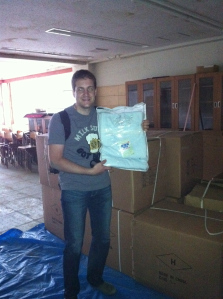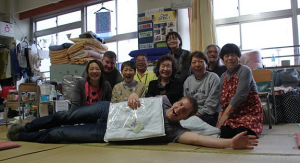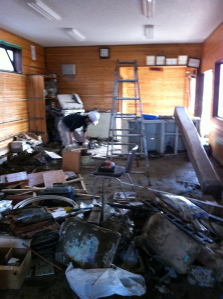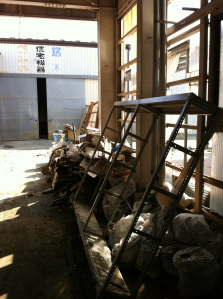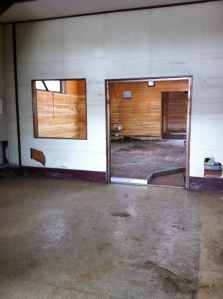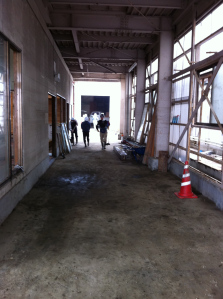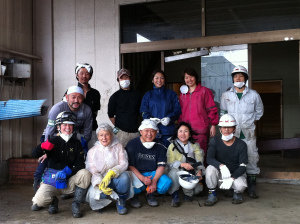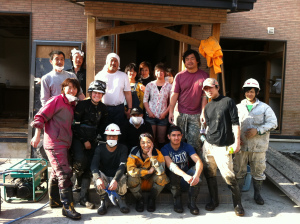In Japan, instead of Easter holiday, we are in the middle of holiday season, called “Golden Week”, which started from 29th/April.
Japanese are well known as hard workers at office, and for us, GW is the time to relax and recharge our energy. Some spends time with family, some goes overseas, some goes in a mountain to enjoy fresh early summer air.
Here is a story of people who decided to spend their holiday with Naida, with people at Ishinomaki. Our trip schedule was rather hard, spending night in a bus after hardworking week.
28/April(Thu)
23:00 Shinjuku
Most of us worked until evening, went home, took quick shower, grabbed boots and helmet and masks, and hurried to the meeting point. We were a group of multi-nationality, but working in Japan, we are used to be punctual, all gathered on time!
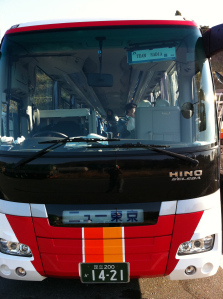
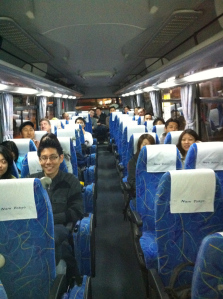
Team-Nadia, here we go!
29/April(Fri)
8:30 Ishinomaki
Again, we arrived at Ishinomaki on time, unload our baggages, and changed to working out fit. A bit nervous and shocked to see the reality. Some lost his words, some tried to hide their upset.
After briefing, each group went to houses where they were assigned. Each group were well mixed with female/male, veterans/un-experienced, JPN speakers/ENG speakers. 50 days after Tsunami, many houses still remained untouched. Most of us couldn’t sleep well in a bus, but no one complained seeing how people enduring under this situation.
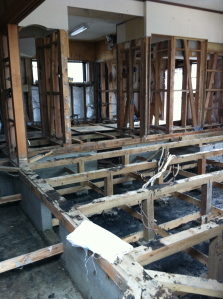
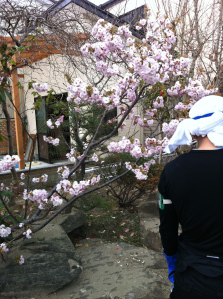
Sakura survived tsunami and welcomed us at their garden.
15:00~15:30 Finish work
Some group completed cleaning, and some promised to come back next day, depending on house condition.
When we met house owner in the morning, they were a little shy so as we were, but at the end of the day, all of us became like family, promised to keep helping as long as they needed, and promised to visit them when they really returned to their life in the future.
17:00 Matsushima
Matsushima is a group of islands near Ishinomaki. There are some 260 tiny islands (shima) covered in pines (matsu) – hence the name – and is ranked as one of the Three most beautiful views of japan .
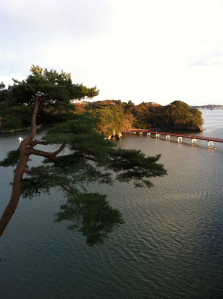
Despite the proximity of Matsushima to the Tsunami, the area was protected by the islands and suffered little damage. They were damaged by earthquakes, but tried to be recovered before GW, and they just reopened their ryokan, we were the first guests after earthquakes!
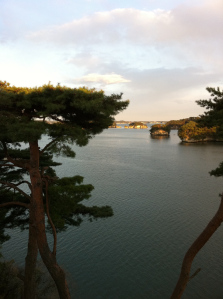
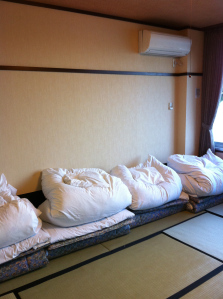
Open air hot spring the best view in Japan on my back…
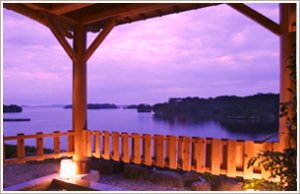
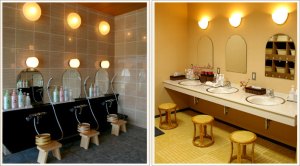
30/April(Sat)
7:30 Departure to Ishinomaki
8:30-15:00
Some continued work of previous day, some were assigned to new house. On 2nd day, no one needed to be told what to do, we all worked proactively, taking extra caution to avoid injury. There were broken glasses and nails and spikes everywhere.
One thing I noticed living in a metropolitan city like Tokyo where we often don’t know who’s living our next door is, here in Ishinomaki, we exchange greeting everyone, everyone show our sincere appreciation for their commitment both in words and in attitude.
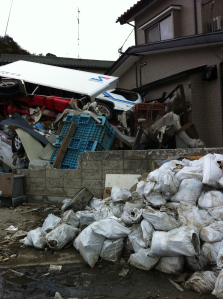
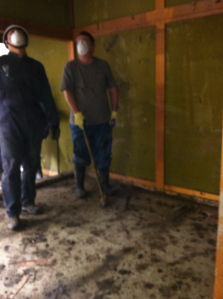
1/May(Sun)
Some of us enjoyed after work beer too much the night before, I saw many were taking aspirin at breakfast table..
One more work before going back to Tokyo.
And as an important mission during GW, we delivered 1200 pairs of brand new shoes to Ishinomaki and Watari-cho. A generous company let us use a truck for free and volunteers delivered them driving for 30 hours going up and down.
12:00 Finish work
13:00 Departure to Tokyo
In exchange of our crew, 17 Nadia crew arrived from Tokyo, and 15 more coming next day. They took over our mission, and we left Ishinomaki.
Despite the fact that we had very tough days doing physical work, we are somehow refreshed, recharged our energy.
Having a break a few times on our way back to Tokyo, I bought a famous Miyagi prefc. sweets made with green beans.
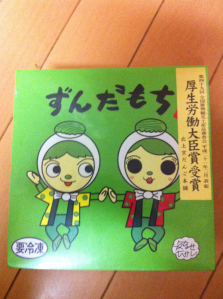
20:00 Arrived at Shinjuku
72 hours ago, we were total strangers to each other, but after spending time together at Ishinomaki, we all became comrades. We hugged and promised to see each other at Ishinomaki soon.
This is how our GW became literally Golden….
